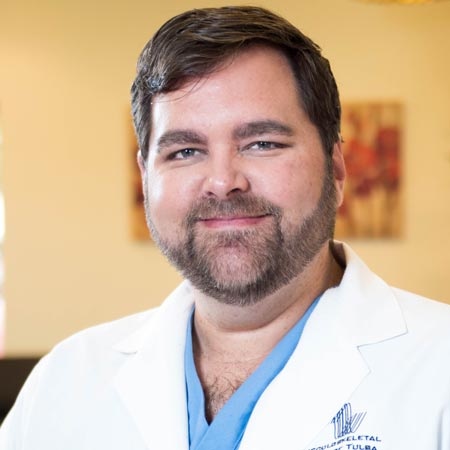This question was submitted to our blog by an osteoporosis patient.
I had a T11 fracture which was fixed by Kyphoplasty. Now I have a suspected T12 fracture. Is this going to keep going all the way down my spine? I have osteoporosis. I will soon start Prolia.
Short Answer
It’s likely to keep happening without treatment. Risk increases *almost* exponentially increases with vertebral fractures. Medical treatment does decrease the risk, with daily injections reducing fracture risk up to 86%.
Long Answer
Unfortunately, vertebral compression fractures (VCF) are often the first sign of osteoporosis. Once you get one VCF, your risk for getting a second goes up 5X (500%). If that sounds bad, by the second VCF, that risk increases to 9-12X – and by the third fracture, that’s mind-boggling 72X (7,200%) increased risk. So for patients with more than one fracture it’s less of a question of IF and more of a question of WHEN.
Those are statistics from a large study. Just likely any other statistic, for an individual patient, it’s hard to quantify the risk. I’ve seen some patients not get another fracture for 5 or more years – and I’ve seen some patients have 10 fractures in the first year.
That’s why it’s important to remember that the key to preventing VCF (and other osteoporotic fractures like hip and wrist) is medical treatment. Kyphoplasty is an amazing procedure that has a higher success rate than any other common medical procedure – about 95% success or pain relief at the treated level. However, kyphoplasty doesn’t do anything to help the underlying osteoporosis. That’s why it’s critical to have medical treatment of osteoporosis anytime a person sustains a fragility fracture.
The best hope for you to decrease your risk for future fractures is appropriately aggressive medical therapy. Prolia is a reasonable consideration and the twice a year dosing is helpful. However, once you’ve actually had a fragility fracture, I recommend anabolic therapy for most patients (Tymlos or Forteo) because these have been shown to have superior risk reduction for future fractures. Even better than Prolia – although we use that a lot as well. Most patients really only have a decade at most to improve their bone health before getting into more serious problems like hip fracture. Treatment should also include a thorough evaluation of risk factors and risk factor modification whenever possible.
One last point I would like to make – your second fracture is what can be called an “adjacent level fracture” because it’s right next to the first one. Most VCF occur between T10 and L2, so what you’re describing is very common. I think that’s because there’s kind of a hinge effect between our chest and the abdomen.
There’s a myth that kyphoplasty causes adjacent level fracture. A lot of doctors and patients don’t understand this, because it’s confusing. It’s true that sometimes if there’s a lot of cement leak in the disk this can lead to a fracture, but that’s very uncommon. Even with large cement leaks in the disk, relatively few end up developing an adjacent fracture.
The truth is, scientific studies have shown that balloon kyphoplasty actually DECREASES the risk of adjacent level fracture. We think that’s because balloon kyphoplasty works to restore the spine to a more normal height AND the pain relief decreases muscle spasm so there’s less pressure on the other vertebrae.
I hope that answers your question. If there’s anything else I can assist you with – or if your doctor would like to ask me for free advice – please let us know.
To your good bone health!
– Dr. James Webb

